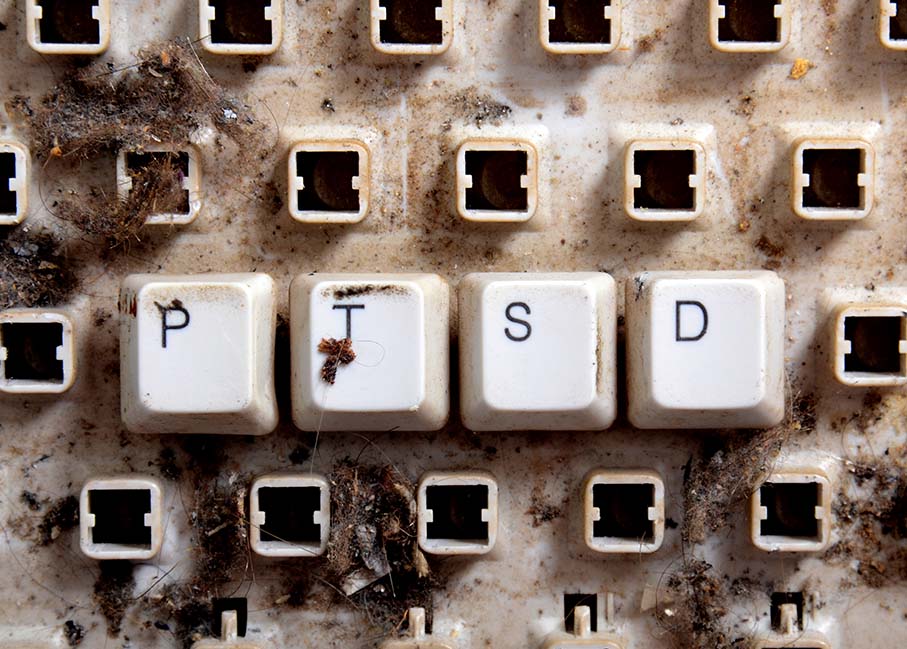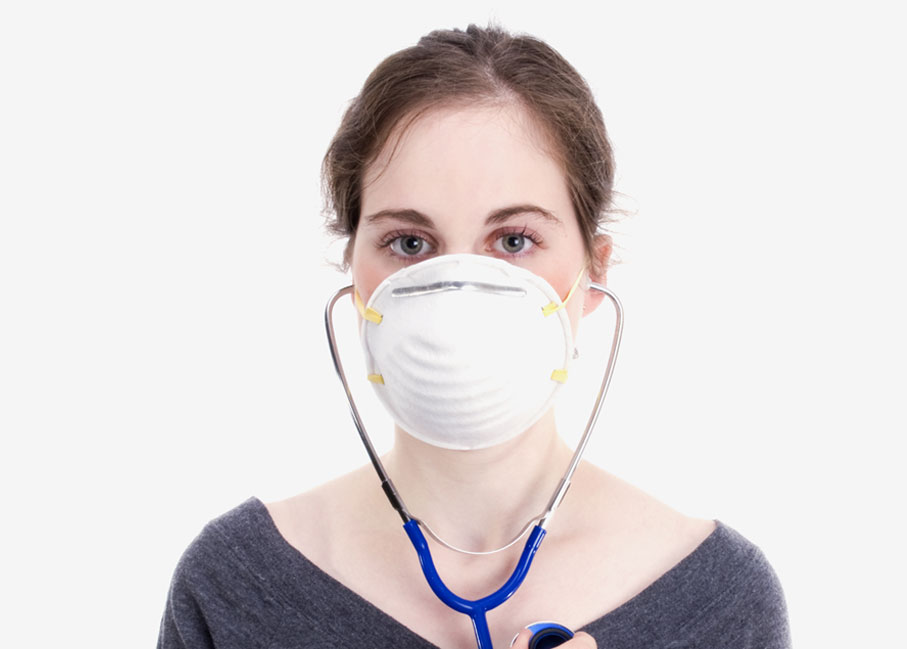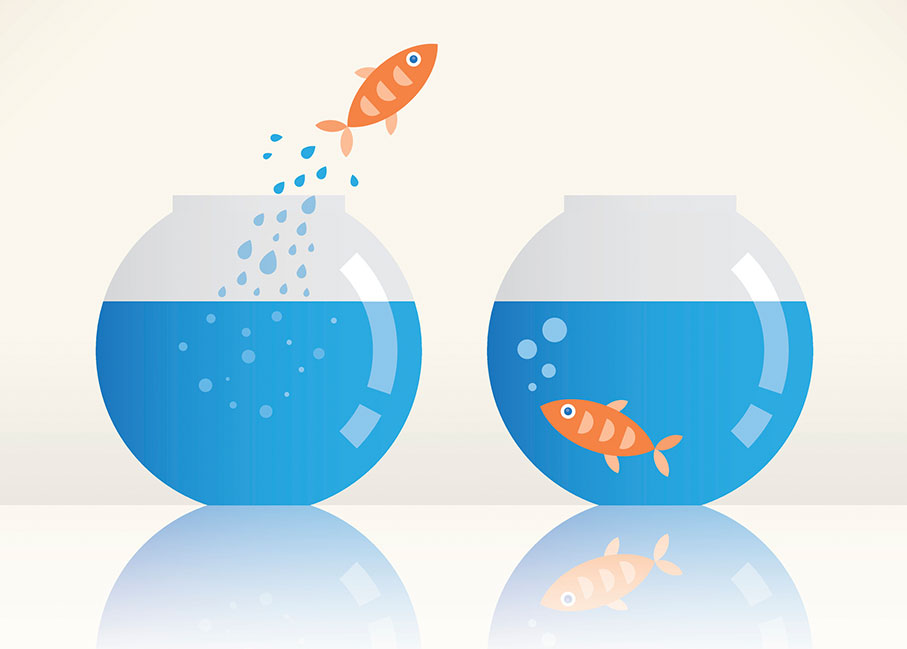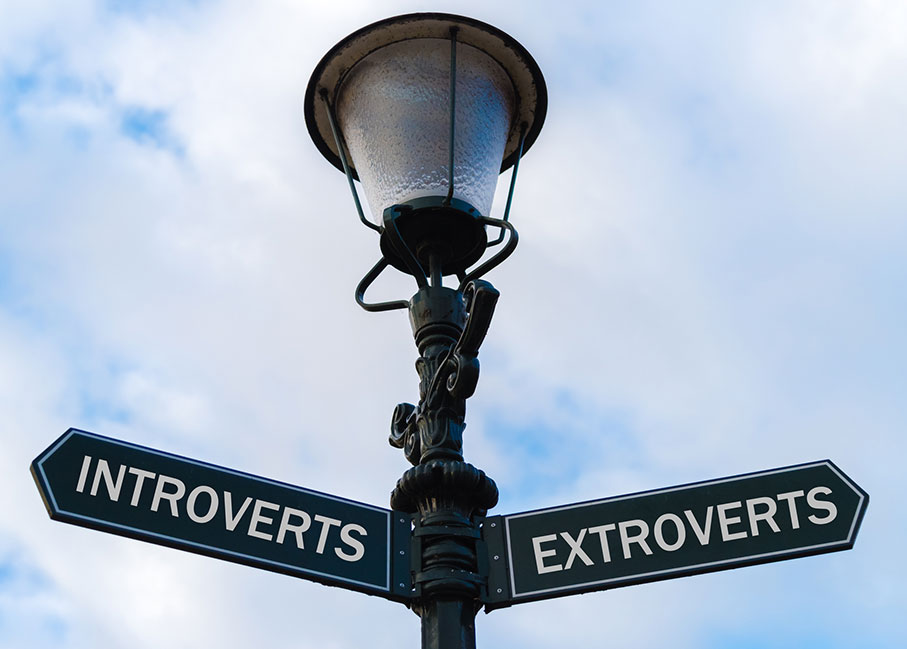This website contains current, expert, “state of the art” information adapted from websites of: the American Psychiatric Association, the Anxiety and Depression Association of America, and the Obsessive Compulsive Disorder Foundation.

Treatment Specialties

Obsessive-Compulsive Disorder
Obsessive Compulsive Disorder (OCD) is a mental health disorder that affects people of all ages and walks of life. OCD occurs when a person gets caught in a cycle of obsessions and compulsions. Obsessions are unwanted intrusive thoughts, images or urges that trigger intensely distressing feelings. Compulsions are behaviors an individual engages in to attempt to get rid of the obsessions and/or decrease his or her distress.

Panic Attack
A Panic Attack is the abrupt onset of intense fear or discomfort that reaches a peak within minutes and includes at least four of the following symptoms:
- Palpitations, pounding heart, or accelerated heart rate
- Sweating
- Trembling or shaking
- Sensations of shortness of breath or smothering
- Feelings of choking
- Chest pain or discomfort
- Nausea or abdominal distress
- Feeling dizzy, unsteady, light-headed, or faint
- Chills or heat sensations
- Paresthesia (numbness or tingling sensations)
- Derealization (feelings of unreality) or depersonalization (being detached from oneself)
- Fear of losing control or “going crazy”
- Fear of dying

Generalized Anxiety Disorder
Generalized Anxiety Disorder (GAD), which affects 6.8 million adults or 3.1 percent of the U.S. population, is characterized by persistent and excessive worry about a number of different things. Individuals with GAD find it difficult to control their worry.

Panic Disorder & Agoraphobia
Panic disorder is diagnosed in people who experience spontaneous seemingly out-of-the-blue panic attacks and are preoccupied with the fear of a recurring attack. Panic attacks occur unexpectedly, sometimes even during sleep. About six million American adults experience panic disorder in a given year.

Posttraumatic Stress Disorder
Posttraumatic stress disorder, or PTSD, is a serious potentially debilitating condition that can occur in people who have experienced or witnessed a natural disaster, serious accident, terrorist incident, sudden death of a loved one, war, violent personal assault such as rape, or other life-threatening events. Research has recently shown that PTSD among military personnel may be a physical brain injury, specifically of damaged tissue, caused by blasts during combat.

Depression
Depression is a condition in which a person feels discouraged, sad, hopeless, unmotivated, or disinterested in life in general. When these feelings last for a short period of time, it may be a case of “the blues”. Such feelings last for more than two weeks and when the feelings interfere with daily activities such as taking care of family, spending time with friends, or going to work or school, it’s likely a major depressive episode.

Stress
Everyone experiences stress and anxiety at one time or another. The difference between them is that stress is a response to a threat in a situation. Anxiety is a reaction to the stress.Whether in good times or bad, most people say that stress interferes at least moderately with their lives. Chronic stress can affect your health, causing symptoms from headaches, high blood pressure, and chest pain to heart palpitations, skin rashes, and loss of sleep.But you can learn how to reduce the impact of stress and manage your symptoms.

Attention Deficit Hyperactivity Disorder
Attention-deficit/hyperactivity disorder (ADHD) is a brain disorder marked by an ongoing pattern of inattention and/or hyperactivity-impulsivity that interferes with functioning or development. Diagnosis of ADHD requires a comprehensive evaluation.

Alcohol Use Disorder
Problem drinking that becomes severe is given the medical diagnosis of “alcohol use disorder” or AUD. AUD is a chronic relapsing brain disease characterized by compulsive alcohol use, loss of control over alcohol intake, and a negative emotional state when not using.

Health Anxiety
Health Anxiety, which was once called Hypochondriasis; now includes Somatic Symptom Disorder and Illness Anxiety Disorder. Health Anxiety involves a preoccupation with the belief that one has, or is in danger of developing, a serious illness. Many people with Health Anxiety are often unable to function or enjoy life due to their fears and preoccupations.

Separation Anxiety Disorder
A person with Separation Anxiety Disorder is excessively fearful or anxious about separation from those with whom he or she is attached. The feeling is beyond what is appropriate for the person’s age, persists

Social Anxiety Disorder
Social Anxiety Disorder (SAD), also known as Social Phobia, is characterized by a strong and persistent fear of social or performance situations in which humiliation or embarrassment may occur. While it’s normal to feel some anxiety in some social situations.








